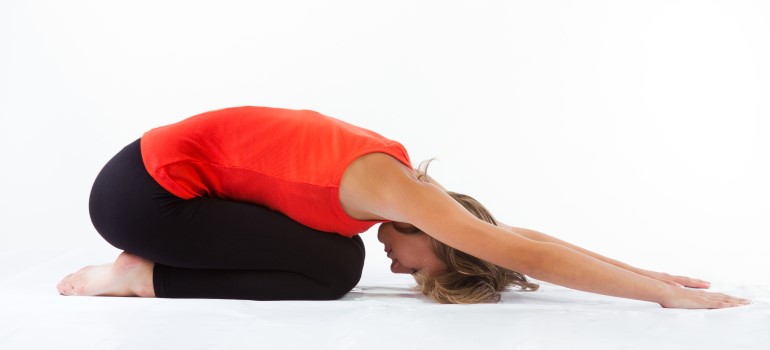The shoulder joint is a ball and socket joint which is made by the articulation of the glenoid cavity of scapula and head of the humerus. This is the most mobile joint in the body that is why, most susceptible to injury and so, shoulder injuries are very common. The joint is surrounded by a strong fibrous structures known as capsule. A group of four major muscles that is called Rotator cuff attached to the joint and helps the joint to move.
Shoulder pain is a common complaint that can significantly affect daily activities and quality of life. Physiotherapy offers a range of effective exercises to help alleviate shoulder pain, improve mobility, and enhance overall shoulder function. In this article, we will explore five physiotherapy exercises that have proven to be highly effective in providing shoulder pain relief.
1. Pendulum Exercises:
Pendulum exercises are gentle, passive movements that helps to mobilize the shoulder joint and reduce pain. To perform this exercise, stand and lean forward, supporting your unaffected arm on a stable surface, such as a table or a chair. Allow your affected arm to hang freely. Gently swing your arm in a circular motion, both clockwise and counterclockwise. Start with small circles and gradually increase the range of motion. This exercise helps to lubricate the shoulder joint, improve blood flow, and reduce stiffness and pain and also improve the ROM.
2. Shoulder Flexion and Extension Exercises:
Shoulder flexion and extension exercises helps to improve shoulder mobility and alleviate pain. Stand or sit upright with your arms relaxed at your sides. Slowly raise your affected arm forward, lifting it as high as you can comfortably go. Hold for a few seconds, then slowly lower it back down. Repeat this movement for several repetitions. Next, extend your arm backward, reaching behind you as far as possible. Hold for a few seconds, then return to the starting position. These exercises promote range of motion and strengthen the shoulder muscles, providing pain relief and improved function.
3. External Rotation with Resistance Band:
External rotation exercises with a resistance band target the rotator cuff muscles, which play a crucial role in stabilizing the shoulder joint. Start by attaching a resistance band to a stable anchor point at waist height. Stand sideways with your affected arm closest to the anchor point. Hold the band with your affected arm bent at a 90-degree angle, elbow tucked into your side. Slowly rotate your forearm away from your body, keeping your elbow in place. Return to the starting position in a controlled manner. Perform several repetitions. This exercise strengthens the rotator cuff muscles, improves stability, and helps reduce shoulder pain.
4. Scapular Retraction:
Scapular retraction exercises focuses on strengthening the muscles that stabilize the shoulder blades. Sit or stand with your arms relaxed at your sides. Squeeze your shoulder blades together, pulling them down and back. Hold this position for a few seconds, then relax. Repeat this movement for several times. Scapular retraction exercises helps to correct poor posture, improve shoulder alignment, and alleviate pain caused by muscle imbalances.
5. Shoulder External Rotation in Side-Lying Position:
Shoulder external rotation exercises in a side-lying position target the rotator cuff muscles and promotes shoulder stability. Lie on your unaffected side with your affected arm resting on your side and your elbow bent at a 90-degree angle. Keep your elbow tucked into your side throughout the exercise. Slowly rotate your forearm upward, away from your body, while keeping your elbow against your side. Pause briefly at the top of the movement, then lower your arm back down. Perform several repetitions. This exercise strengthens the rotator cuff muscles, enhances shoulder stability, and reduces pain.
Shoulder pain can significantly impact daily activities, but with the help of physiotherapy exercises, relief is within reach. The five exercises mentioned above, including pendulum exercises, shoulder flexion and extension, external rotation with a resistance band, scapular retraction, and shoulder external rotation in a side-lying position, can effectively improve the shoulder pain, improve mobility, and enhance shoulder function. Remember to perform these exercises under the guidance of a qualified physiotherapist and gradually increase the intensity and range of motion as your shoulder.





